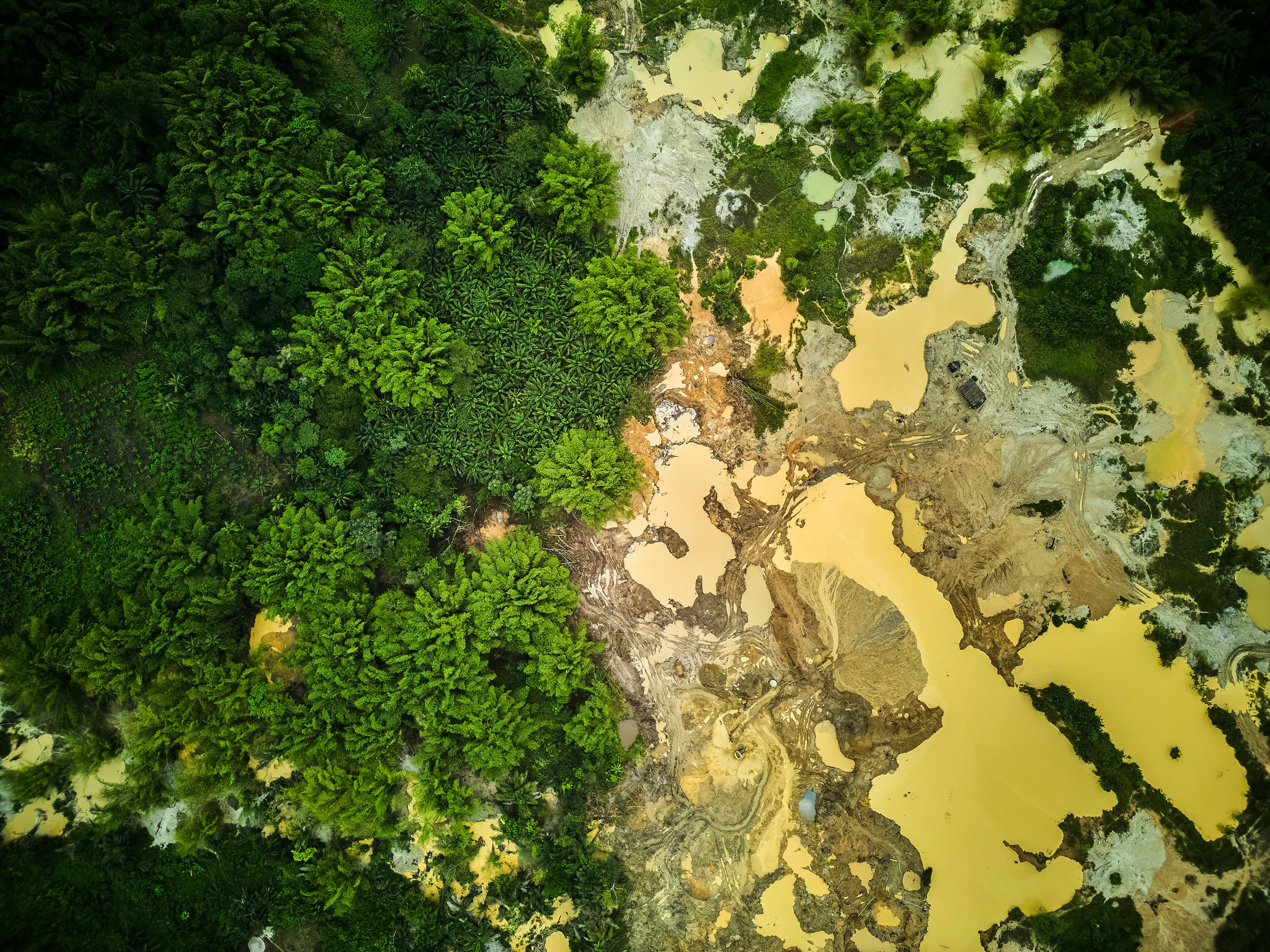A gold rush poisons Africa’s El Dorado
- 4 Días, 2 Horas, 55 Minutos
- ElPais.com
- Internacional
A gold rush poisons Africa’s El Dorado

The poisoned, yellow mud covers almost everything. It coats the motorbikes on which young people travel: they have metal detectors piled up on their shoulders and Katiuska boots on their feet — gifts from a Chinese company. The mud also covers the corrugated hoses that cross the open-pit gold mines, flooding this suffocating jungle of rubber and cocoa. The area extends from the north to the south of Ghana, along the border with Ivory Coast.
“I bathe my children once a week”

Sarah Awina is a 31-year-old mother of five who lives in a village in Ghana's Aowin district. Three of her children have a skin disease – yaws – which is associated with poor hygiene due to water shortages. About 80% of people affected by yaws are under the age of 15. Awina says that she has lost count of the number of children who have contracted the disease in her village.
“We should be planting trees instead of cutting them down to extract gold”

Lydia Mosi is a professor of molecular biology at the University of Ghana. She’s also one of the world's leading researchers on the transmission pathways of Buruli ulcer, the exact nature of which is still unknown. Mosi says the situation in the region is very serious and believes that various political and business actors are involved — that’s why the current situation has arisen.
“Environmental degradation increases diseases”

Dr Nana Konama Kotei is the director of the Ghanaian Ministry of Health's National Buruli Ulcer Control and Yaws Eradication Programme. These are two of the 21 tropical diseases that the World Health Organization (WHO) considers to be neglected. They affect more than one billion people worldwide. Kotei explains that the prevalence of the diseases she studies has skyrocketed in the mining sub-districts.
“What is the government doing to support people who work illegally?”

Nana Payin II is the 'tufuhene' — the second-highest-ranked traditional leader — of Enchi. Those with this role are considered to be the custodians of the land. No mine is opened without their permission, even if the concessions are issued by Accra, the capital. He explains that the population needs money to eat and that the mine gives it to them, in the absence of other alternatives.
“In my village, we drank water from the river. Not anymore.”

Alfred Mbinglo is the director of Research and Counselling Foundation for African Migrants (RECFAM), a Ghanaian organization that works in the Aowin district with people suffering from neglected skin diseases. The group works in collaboration with the Spanish ANESVAD Foundation. The area where they work has been declared endemic for yaws. Mbinglo is clear that the biggest problem is the lack of clean water, which often cannot even be brought by truck due to the poor condition of the roads, especially during the rainy season.
“The only option is mining or agriculture”

This young mine worker lives in Achimfo Adjeikrom, a remote village in Aowin district, surrounded by illegal, open-pit mining. He prefers not to give his name. He explains that his son – who attends the local school – suffers from yaws, a neglected tropical skin disease. Workers like him earn between 150 and 500 cedis a day, or between $9 and $30.




Comentarios